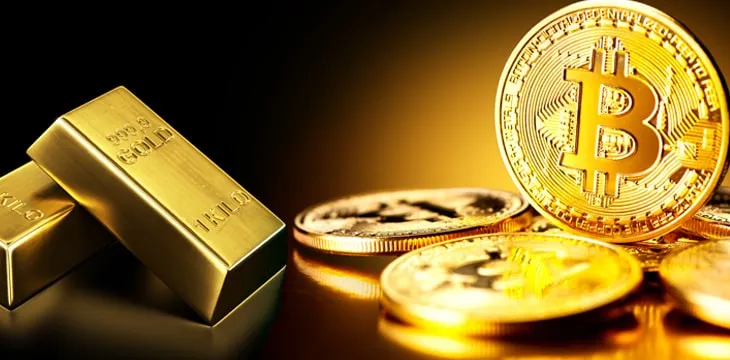|
Getting your Trinity Audio player ready...
|
This is an excerpt from John Pitts’ latest blog post, Meet the New Money; Same as the Old Money; We Won’t Get Fooled Again. Read the full piece on PowPing.
BitCoin gets its value similar to how gold and silver got their value, but with one very important difference.
This approach to understanding the value of BitCoin doesn’t stem from code or protocol, but from considering BitCoin as a commodity, and determining how that commodity achieves a value. BitCoin is a commoditized asset, similar to steel i-beams or gallons of gasoline refined from barrels of crude oil. BitCoin is commoditized information, and Dr. Craig Wright is the one who commoditized it via protocol—allowing informational/computational containers to function potentially as money.
In a deflationary collapse…
Gold will be sold to buy even-cheaper assets, such as Florida homes in 2009-2011. Mining investment will increase along with the gold price, but over long stretches of time this increasing effect on price will be mitigated by technological advances in mining. Technological advances have their OWN mitigating effects as well: the work to get gold out of the earth will likely increase as all the “low hanging fruit” gold has already been found/mined—to the extent we will probably send spaceships to other parts of the solar system, Avatar-style, to look for cheaper mining methods, just as the Europeans sent legions of people to the Americas for gold and silver in the sixteenth century.
In BitCoin, transaction fees are similar to minting fees, you’re paying to have the coins of the realm verified as authentic. Think of this “proof of work” as similar to when mints must remove old worn coins, and replace them with new restamped fresh ones. You SHOULD have to pay for this, but the best money system will be efficient and make you pay as little as possible.
King Tut’s helmet still has a melt-down price for the gold used in its form, regardless of whether it sits in a museum with tons of transactions to see it, or whether it sits in a basement of some billionaire. (see “Gail Wynand”).

Transactions can equal improved pricing information, but it doesn’t give gold its value or price. Transactions are GREAT for the museum, and transactions are GREAT for BitCoin Nodes. But are they great for BSV?
All ships sink with the lowering tide; all ships rise with the rising tide.
BSV is the tide. Who is economically incentivized to make sure it doesn’t go down to zero like the waters of Lake Havasu, if it is not ALL OF US?
To read the rest of John Pitts’ piece, visit PowPing.

 07-08-2025
07-08-2025 





